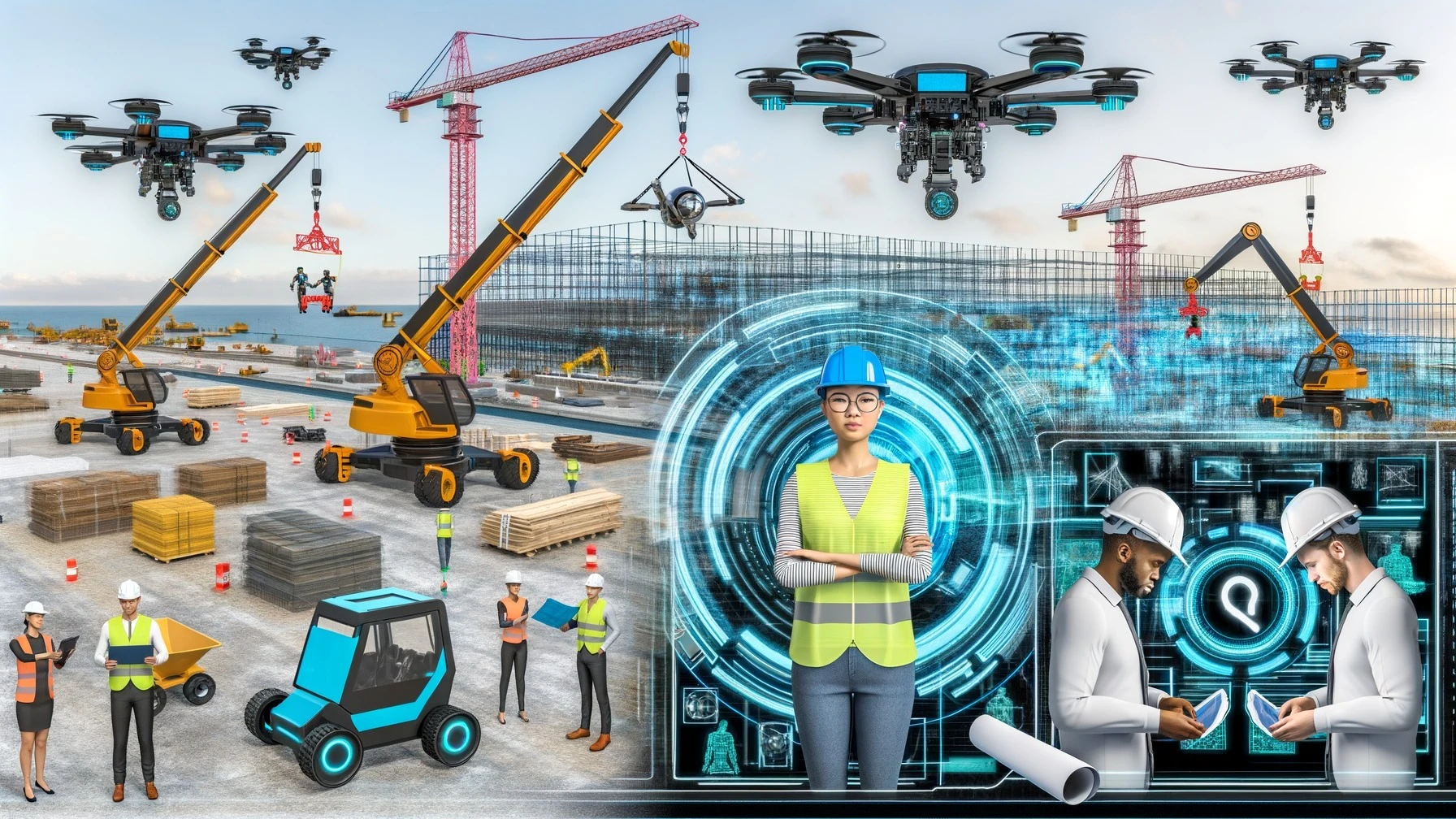How AI, cloud-centric strategy are redefining construction technology

In a sector often overshadowed by labyrinthine supply chains and erratic profit margins, Sage—known primarily for its financial management software—has quietly been transforming itself into a modern, cloud-powered juggernaut.
At the recent World of Concrete conference, Sage’s commitment to embedding intelligent technology and robust integrations into its accounting backbone was on full display.
Against the backdrop of an industry clamouring for solutions to labour shortages and project inefficiencies, Sage’s leadership demonstrated that far from being a staid accounting provider, the company is shaping the future of AI in construction.
To truly grasp how Sage has arrived at this watershed moment, it helps to recall the insights of Rob Reid. As founder of Intacct (acquired by Sage), Reid championed a philosophy that any software’s “unique value proposition” should be identified and funded first.
In his earlier interviews, Reid outlined a methodical approach: conduct open-ended conversations with dozens of potential customers, uncover the critical challenges, then develop hyper-focused solutions. This roadmap was always underpinned by what Reid called “absolute focus on the unique value proposition that is hugely meaningful to the customer.”
Today, Sage is living out those tenets. Instead of scrambling to handle every operational need internally, the company emphasizes its role as the premier accounting platform that deftly integrates with best-in-class, highly specialized partners. It is precisely the kind of strategic clarity that Reid once espoused: “focus on the core and excel there“.
AI at the Heart of Accounting—and Beyond
Sage’s approach to artificial intelligence reflects the notion of “stick to your core strengths.” Rather than offering a broad-brush AI platform, the company has embedded AI features to solve specific pain points in its native cloud accounting system. This includes anomaly detection to catch outliers in transactions before month-end crunch time and workflow automation that dramatically reduces manual data entry.
Meanwhile, Sage’s operational partners tackle the field-level challenges, such as determining the right part to repair a broken machine or deploying AI for real-time translation and imagery-based fault detection. By embracing an open API philosophy from day one, Sage has positioned itself as the financial nucleus to which trucking, concrete, or aggregate management solutions can connect seamlessly.
Preconstruction: A Natural AI Playground
One of the most compelling illustrations of Sage’s new-era impact is in preconstruction. Historically, the construction industry has been marked by cumbersome paper plans, frequent rework, and cascading change orders. Modern AI techniques—spanning 3D design, clash detection, and dynamic cost estimation—are now weaving their way into standard workflows.
As Glen West, a Sage Strategy Director in Construction, explains, “We have what we think a project costs, and then we have what it actually costs. AI completes that loop by surfacing conflicts or discrepancies in advance, which can reduce change orders by up to 20%.” That closed feedback loop, which feeds actual results back into future estimates, also alleviates the dreaded budget overruns plaguing construction.
Confronting the Labour Challenge
Beyond pure technological efficiencies, the construction market faces a dire labour shortage. AI—and the cloud-based tools that support it—are increasingly a magnet for a younger, tech-savvy workforce. Higher wages, modern equipment, and digitally driven site coordination are recasting the once-maligned image of construction work into something akin to advanced manufacturing. Sage’s push to streamline accounting and link it seamlessly with operational software augments a workforce that can now deliver more with fewer hands.
West notes, “Most of the younger generation is accustomed to user-friendly digital interfaces—getting them up to speed quickly is essential. Our goal is to make them productive sooner, bolstering the talent pipeline in an industry badly in need of fresh skills.”
A Forward-Looking Outlook
As Sage fully embraces cloud solutions and integrates with industry-specific platforms at scale, it is arguably following Rob Reid’s blueprint of prioritizing the customer’s most vital concerns. While other financial tech players chase the allure of an “all-in-one” system, Sage refines its accounting foundation and leverages AI to amplify that foundation’s reach.
For a company once seen primarily as an accounting stalwart, Sage’s trajectory now hints at an era of unprecedented growth and innovation—one in which the spirit of Rob Reid’s original game plan thrives. By coupling AI’s potential with an unwavering emphasis on customer-centric value, Sage appears well placed to shape not only the future of construction technology but also the broader horizons of cloud-based business management.
Top Headlines
© 2025 IPPMEDIA.COM. ALL RIGHTS RESERVED

























